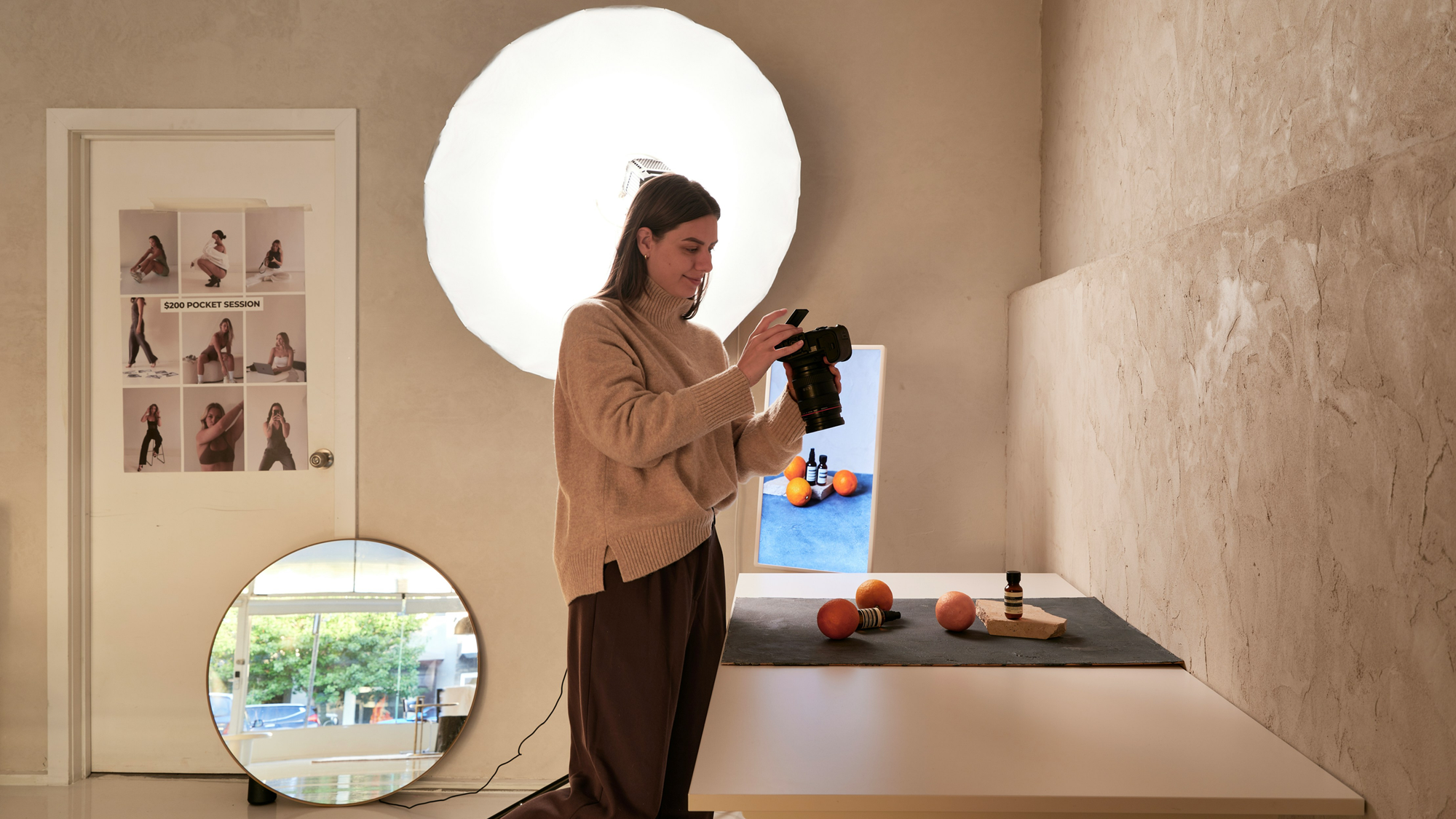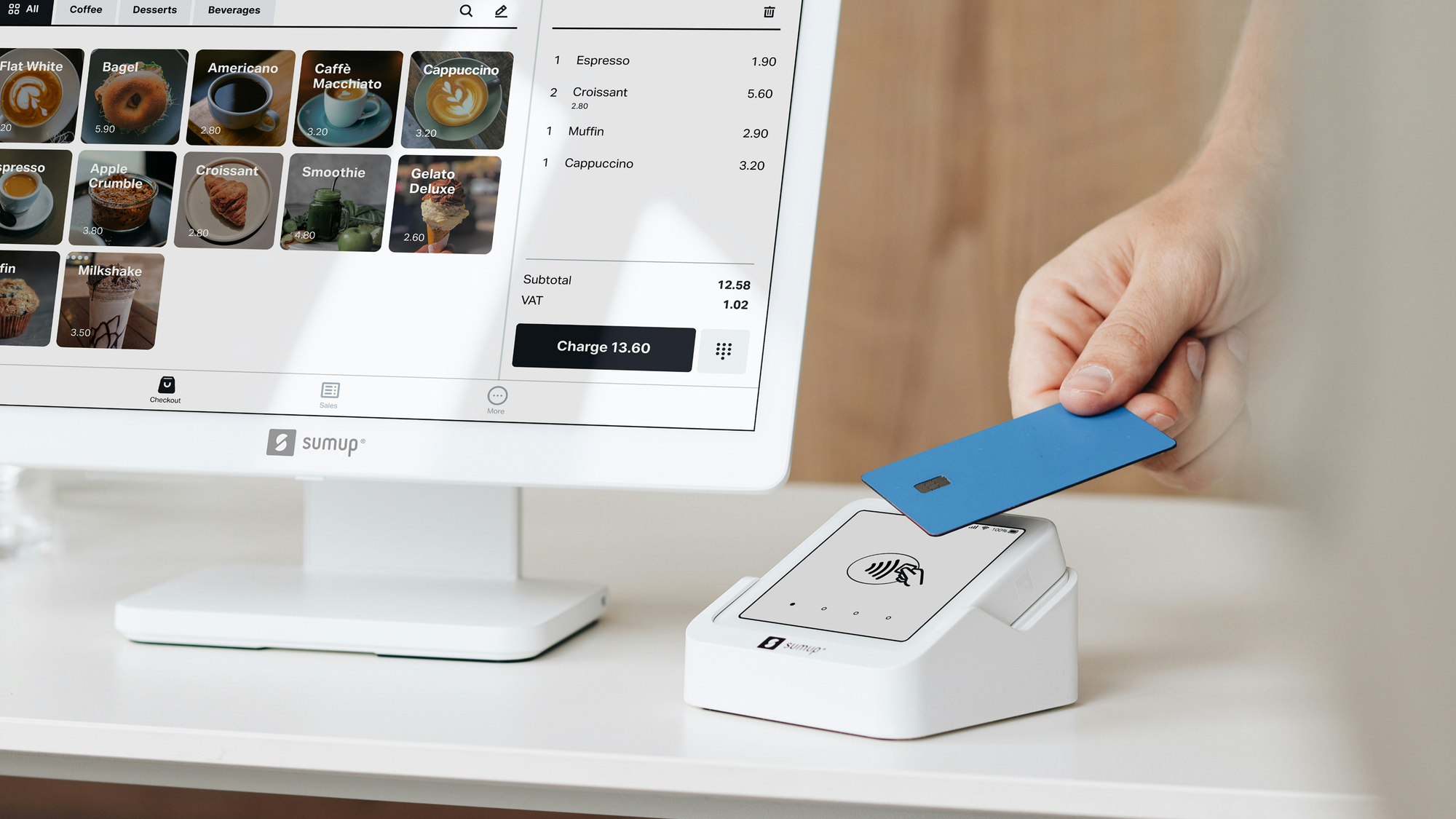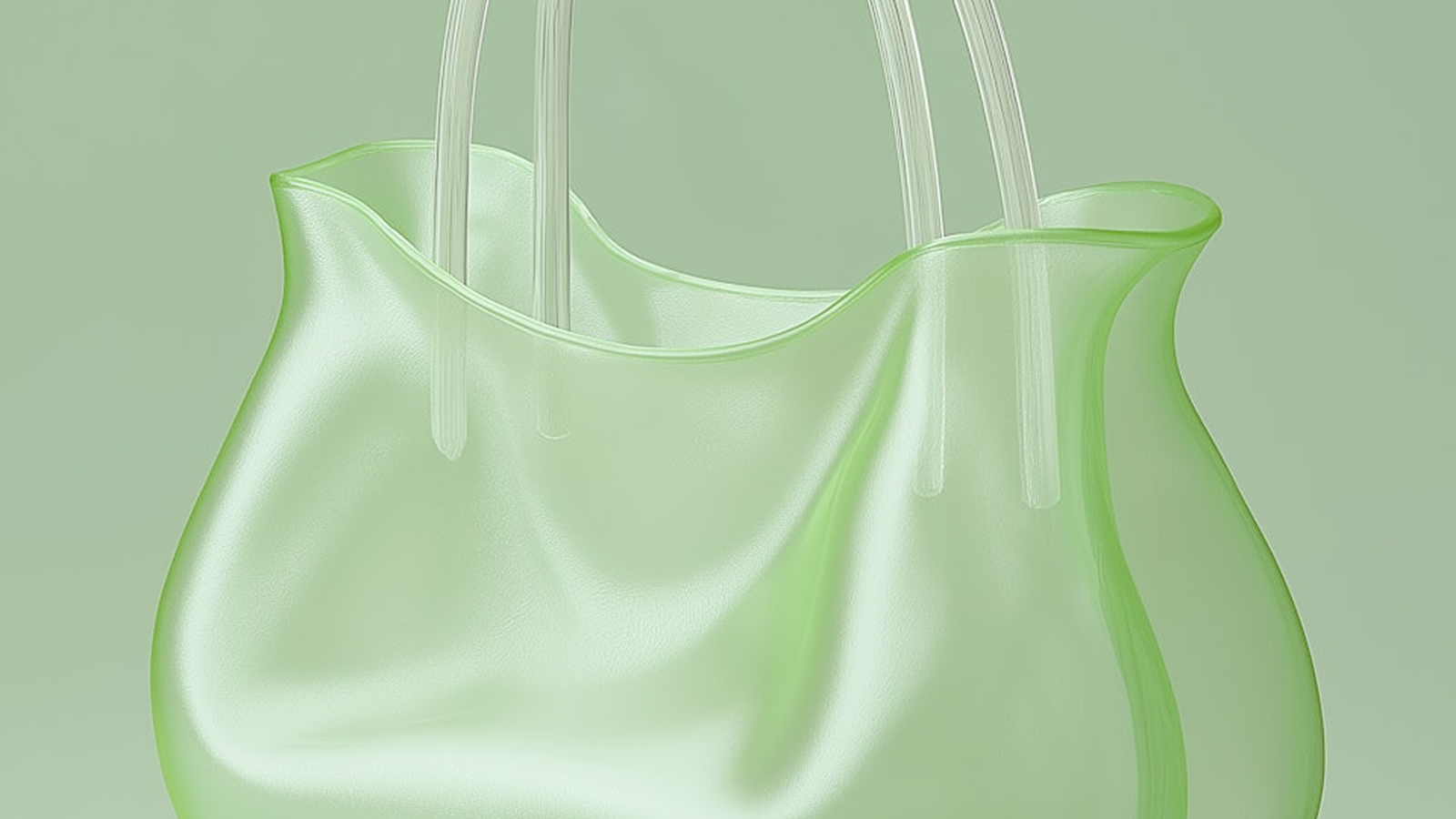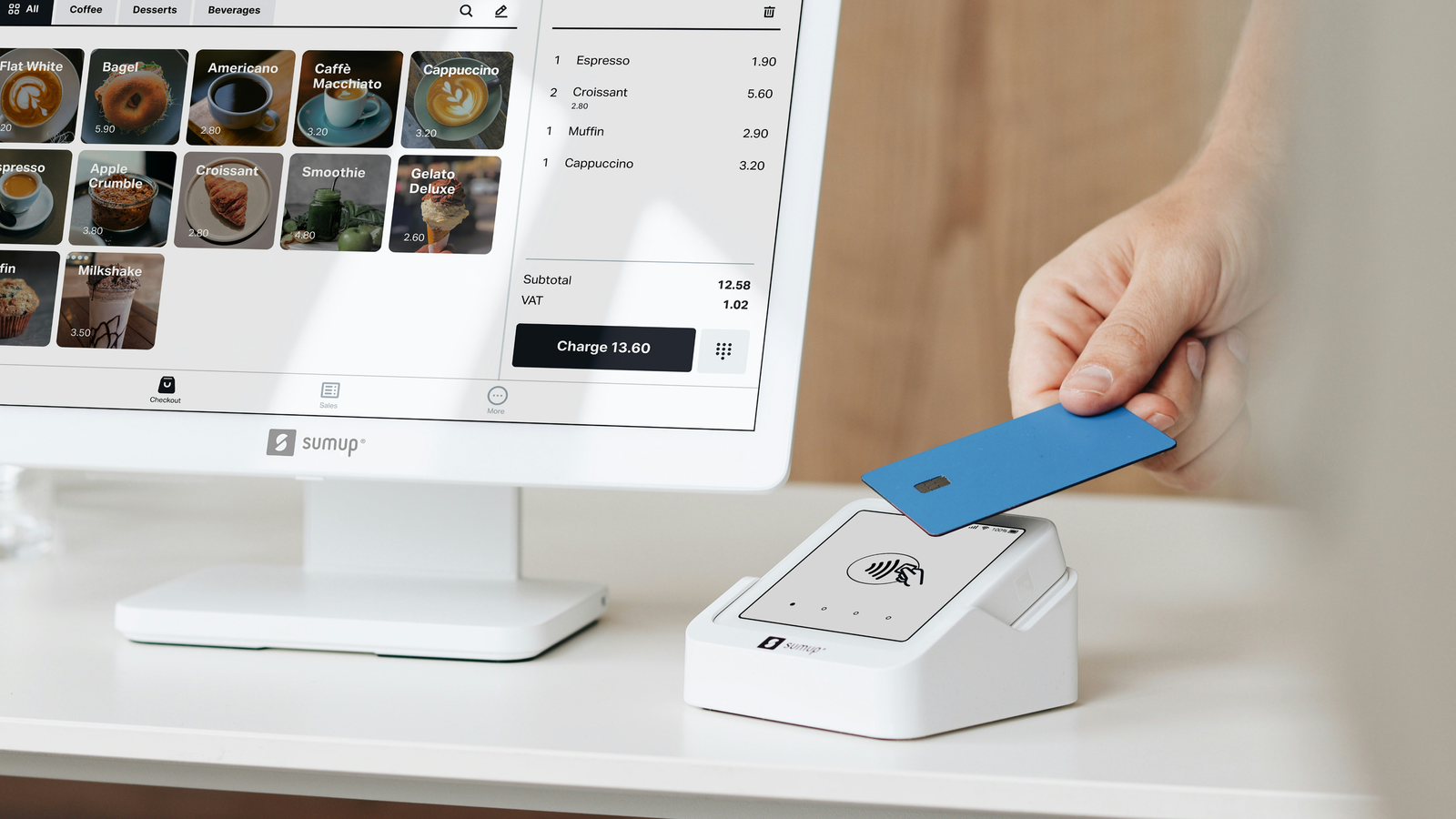New trends are constantly redefining how we live, work, shop, and create. From the rise of digital design to changes in consumer habits and payment technology, staying updated with these shifts helps us better understand our rapidly changing world. But what drives these trends, and why do they matter?
Whether it’s the tools we use in creative industries, the way we pay for goods and services, or how we interact online, trends are pushing businesses and individuals to rethink daily routines. Recognizing the early signs of change helps organizations respond quickly, while also giving individuals new opportunities for learning, innovation, and personal growth.
Why Trends Matter
Following trends isn’t just about keeping up with what’s popular. It’s a way to anticipate changes in the job market, the economy, and even how we connect with each other. For businesses, recognizing emerging trends early can mean staying ahead of competitors or adapting more quickly to new demands.

A clear understanding of trends also supports better decision-making, allowing companies and consumers to invest in solutions that are likely to last. For example, the increasing popularity of remote work has encouraged firms to upgrade digital infrastructure, while individuals seek out flexible career paths and new skills to stay relevant in a shifting market.
Staying aware of trends is no longer optional—it's essential for anyone who wants to stay relevant in a fast-changing world.
by Dr. Emily Reyes, Trend Analyst
Where Trends Are Making an Impact
Several key trends are influencing industries and daily life right now. Here are some of the most notable:
- Digital transformation: From online retail to creative studios, businesses are investing in new technologies and digital tools.
- Contactless and mobile payments: The shift to cashless transactions is accelerating in cafés, shops, and even markets.
- Remote work and digital creation: Creative professionals are adapting home studios and collaborating through digital platforms.
- Sustainable design and mindful consumption: New products and designs are emphasizing sustainability and minimalism.
- Visual communication: Abstract art, design, and visual storytelling are shaping brand identities and social media.
Technology is the backbone of many of these changes, but cultural shifts play a big role as well. More consumers are making environmentally conscious decisions, while digital-first services are raising expectations for convenience and speed. Even how we perceive and create art is changing, with digital media giving rise to new forms of visual expression and personal branding.
What’s Ahead for Life and Work
Design studios are embracing virtual collaboration and online portfolios, while retailers are updating checkout systems to support digital and contactless payments. Even day-to-day life is changing—people are reading new types of magazines, experimenting with home decor, and paying for coffee with a quick tap of their phone.


The shift toward digital commerce and flexible work arrangements is likely to accelerate as new technologies become mainstream. Companies that invest in user-friendly experiences and sustainable products will stand out, while individuals who remain adaptable and open to lifelong learning will be better prepared for the next wave of changes.
Looking Forward
Trends will keep evolving as technology advances and global events reshape our priorities. Whether it’s the rise of digital art, new payment methods, or changing lifestyles, those who pay attention to trends are better equipped for the future.
Understanding these shifts isn’t just about following what’s new—it’s about making smarter choices in a world that never stands still.








